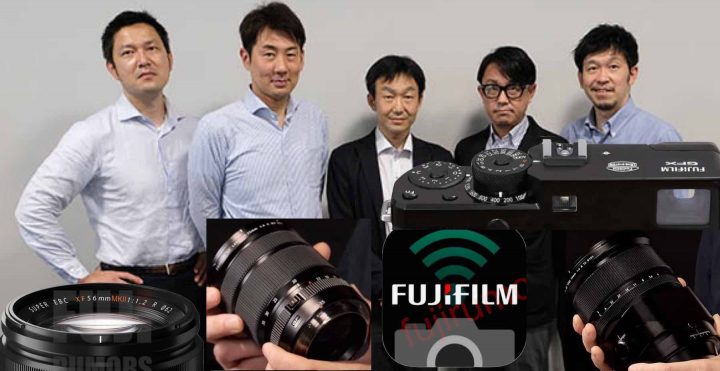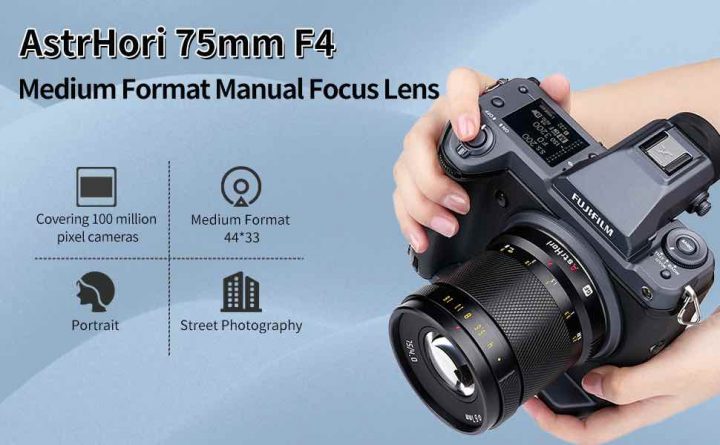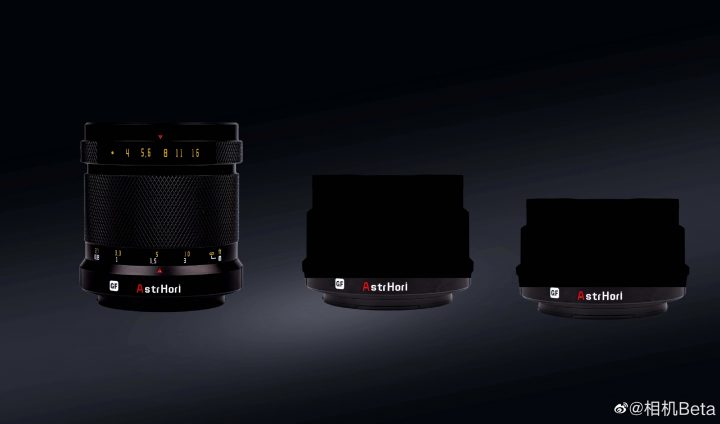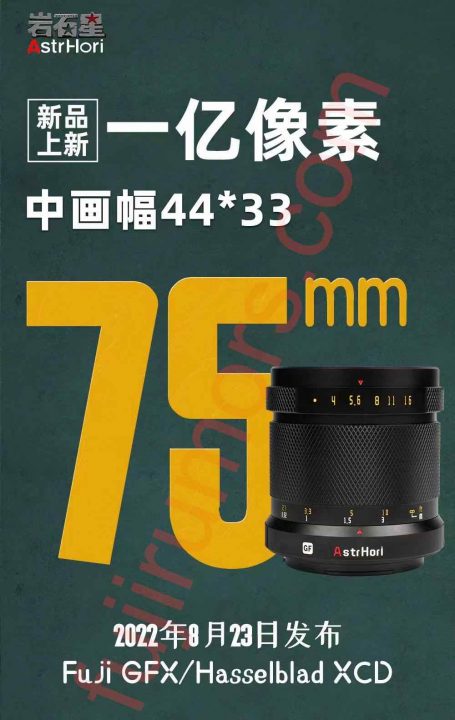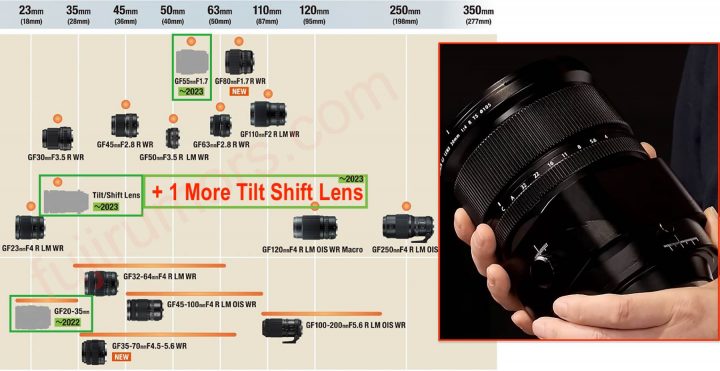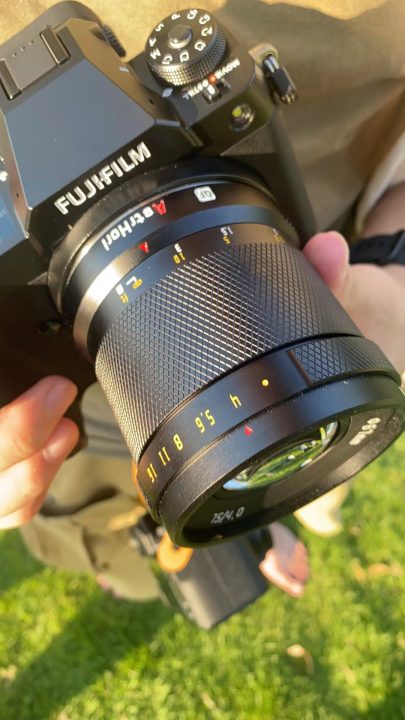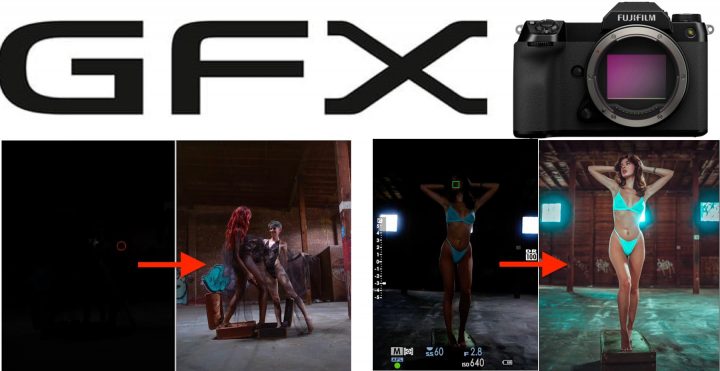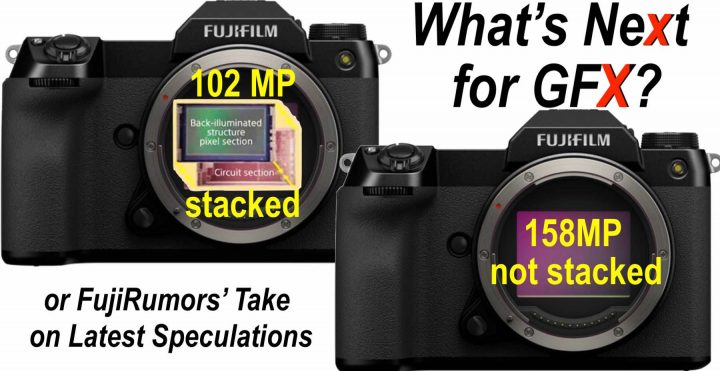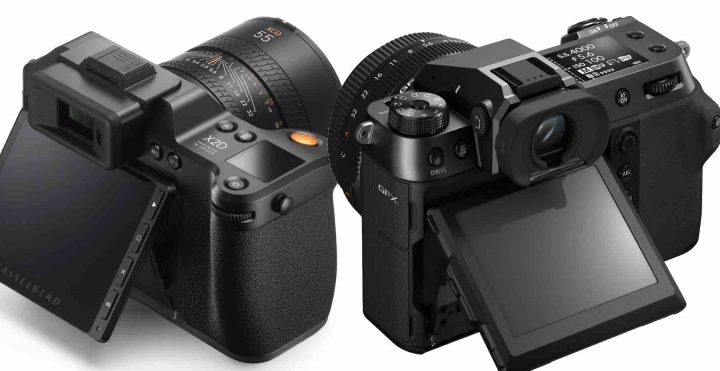
Fujifilm GFX Shooters, Rejoice!
After a long wait, DJI (the owner of Hasselblad) launched the Hasselblad X2D.
Great specs, phase detection autofocus, IBIS and many more lovely features that make it a worthy and much needed competitor to the Fujifilm GFX system.
All Fujifilm GFX shooters (me included) should rejoice right now, because competition is a good thing and if the GFX system finally gets some serious pressure in the medium format realm, Fujifilm will be forced to step on the gas even more to keep dominating the market.
The Dubious Design Choice
But as much as I think the Hasselblad X2D is an awesome piece of gear, in its very same design philosophy lies a choice, that some might love, but many others might consider a dealbreaker and a flawed idea to start with: it has no mechanical shutter.
What this means is that you either rely on the electronic shutter (which is not the best choice on medium format cameras with slower sensor readout) or you use the native Hasselblad XCD lenses with build-in leaf shutter.
This choice Hasselblad made has two major downsides:
- you can’t use older legacy glass on the Hasselblad X2D (except you use only electronic shutter, which is not recommended and rather limiting due to the slower readout of MF sensors)
- you have to pay for the leaf shutter every single time with every lens purchase
And something I have noticed going through our Fujifilm GFX group, is that GFX owners LOVE to adapt vintage glass on their camera. It’s fun and it can give unique and very characteristic results.
Sadly, by not having a mechanical shutter, the Hasselblad X2D is simply the less ideal tool for this purpose than the Fujifilm GFX.
A GFX Killer? Let’s check it
Now the forums are quickly flooding with statements that the Hasselblad X2D is a GFX killer.
Really?
Well, let’s check one of the most important (if not THE most important) aspect: Price!
So let’s do just that, let’s buy the Hasselblad X2D as well as the Fujifilm GFX100S with 3 comparable GF and XCD lenses.
with
with
with
All in all, in order to build up a similar system (1 camera with 3 similar lenses) you’d spend:
This means you save $7,474 by buying the GFX system over the Hasselblad.
With the money saved you could add to your GFX system the Fujinon GF 80mm f/1.7, the Fujinon GF 23mm f/4 and something like the Fujinon GF 45-100mm f/4. And you’d still have some money left to buy a spare battery and SD-Cards.
So, with a budget of about $20,000 you can buy:
- X2D with 3 lenses
- GFX100S with 6 lenses
+ still a couple of hundreds of dollars left to invite your better half to a romantic weekend, take lovely images with your new gear and show her/him that only 100 megapixel can make justice to her/his beauty
One might argue that the Hasselblad X2D has 1TB internal storage. Not really an argument, as I guess we all have plenty of SD-cards at home, so by buying the GFX you don’t really need to add SD-Cards to it as we can just use the ones we already have.
But even if we were to buy the equivalent storage in terms of SD Cards, let’s say we’d add four SanDisk UHS-II SD cards, you still end up saving $6,200 over the Hasselblad X2D system, hence still plenty of money to invest in lenses.
There is still no comparison. The Fujifilm GFX100S is the objectively better choice in terms of features and price.
However, buying decisions are not only made rationally. There is also a very subjective aspect to it. So if you really love the design of the Hasselblad system, then you are obviously better off getting the X2D over the GFX100S.
Follow FujiRumors on Facebook, Instagram, RSS-feed and Twitter
RUMOR, NEWS and COMMUNITY


